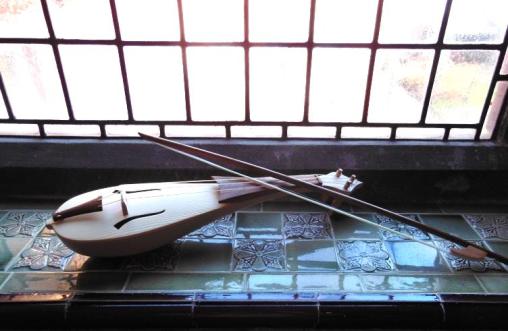What is 14 m long, rather smelly and comes out of the ground of a local wood: our whale skeleton!
And thanks to all you Name the Whale voters, we can now refer to it as Drigg or Driggsby!
To quickly recap: not so long ago, and not so far away, our Sei whale, Driggsby, died on Drigg beach, West Cumbria around February 2014 and we recovered the skeleton that August. An ambitious campaign to mount the skeleton in the Museum began. Burying the specimen with sand and compost encouraged decomposition of remaining flesh. Whilst a few of those bones were ready to store in the Museum (and exhibit) last October, most of the specimen had been sitting underground in a local wood, waiting patiently for our return…… (I hope this doesn’t read like a Star Wars intro too much).
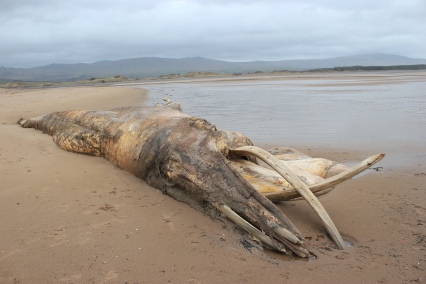
Thanks to Cumbria Wildlife Trust for the photo of Driggsby in February 2014.
I had been eagerly awaiting this April for some time. It was an exciting prospect to bring Driggsby to its new home at Tullie. So when I received an e-mail early in April from my predecessor Stephen Hewitt, who was involved with the recovery of the skeleton in 2014, that the specimen had been dug up from the ground and was now suitably “skeleton-ised” enough so that it could be brought to the Museum, my heart jumped with joy.
However, there was much planning to do. For instance, we needed to arrange a large vehicle (kindly driven by Carlisle Scaffolding) to pick up the specimen. But now the adventure could begin.
As our large 10 m long truck pulled away from Tullie House, we eagerly anticipated inspecting our specimen. With our full protective suits and large, blue nitrile gloves, our team of six looked like we had just escaped from a laboratory (Personal Protective Equipment is not fashion-conscious!). However, as we discovered, we would need all this gear with all the challenges that Driggsby was about to throw at us.
After we entered the local wood, we pulled up next to a large, blue tarpaulin cover, at the side of the road; this was the “X” on my (mental) treasure map. This is where I had been told Driggsby had been stored, after she (or he) was dug up. Eagerly I pulled back the cover to reveal dozens of bones of various different sizes. In the middle, the neck vertebrae (cervicals) were stacked up alongside lumbar and thoracic vertebrae. At the side, a huge bar curved around these bones: one of the lower bones in the jaw or mandible. It seems Christmas had come early…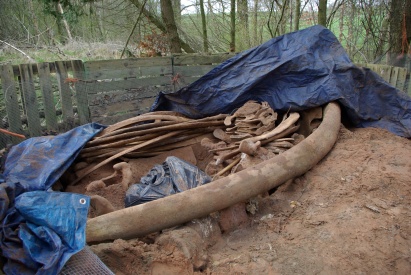
Each bone was coated in sand and compost giving it a, technically speaking, ‘messy’ feel. Now, our “bone-athun” began, loading heavy specimens carefully onto the bubblewrap lined vehicle. It was amazing how quickly we got through such a huge roll of bubblewrap, as we carefully packed around each element to prevent movement and subsequent damage. My advice to anyone planning this kind of project: you can never have too much bubblewrap!
Just after we got into our stride, we came across three large vertebrae seemingly joined together. Why was this? The first clue was a pungent, lung-gripping smell. As we bravely peered closer, we could see a white gel-like substance between the vertebrae. This was soft tissue still remaining. It is quite common for soft tissue to stubbornly remain on the tail vertebrae at a late stage of decomposition. So I was actually expecting this (though you can never really prepare for the bad smell). Using a curatorial field tool, a saw, we separated the vertebrae to make them easier to carry.
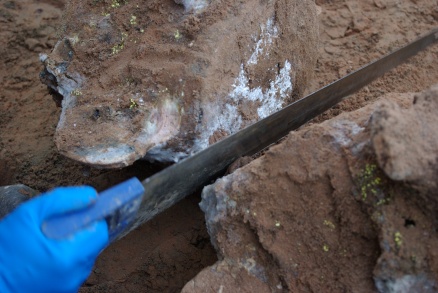
However, the greatest challenge was easily the 2 1/2 m long skull. First we needed to dig it out of the sand: it seems the weight of the skull had allowed it to sink into the soft sediment. Like a scene from Jurassic Park (and the size of these bones certainly justifies this comparison), we busily gathered around the skull and began excavating it from the surrounding sediment so that we could safely lift it out. Although this skull is huge, it is incredibly fragile. Many parts are just made of thin sheets of bone and if lifted incorrectly,… well you can probably guess the rest.
As we were kneeling down prising sediment from around the bones, a heavy storm of hail showered down, mercilessly bombarding us; our dedication to this task couldn’t have been highlighted more. But we had come this far and this was certainly not going to deter us: #stubborncurat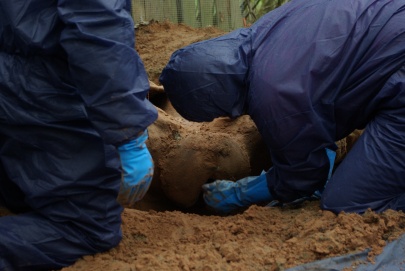 ors.
ors.
Four of us were needed to lift this huge object onto the truck. We used a series of pallets stacked on top of each other in order to get the skull safely to a height where we could lift it onto the truck. Finally we were ready for the next part of the adventure. Driggsby the whale was coming to Tullie.
As we arrived, we were greeted by a crowd of smiling children from Calthwaite School who had heard about the whale arriving. One of the teachers lifted each of them up, in turn, so that they could peer inside. Their reaction can only be described as awe; it was the combination of the fact that these strange objects were bones and that they were of dinosaurian proportions.
After taking a short break (which was a bit like taking us away from our C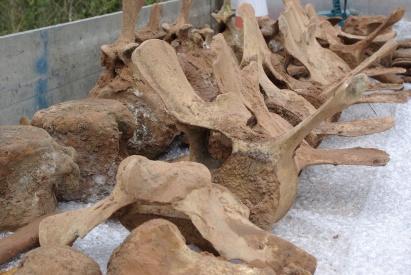 hristmas presents) we eagerly returned to start unpacking the specimens. We have a dedicated storage area for the smelly bones where we will clean them to remove the sand and compost, and remaining flesh!
hristmas presents) we eagerly returned to start unpacking the specimens. We have a dedicated storage area for the smelly bones where we will clean them to remove the sand and compost, and remaining flesh!
A special scaffolding frame was built (thanks to Carlisle Scaffolding) to support the skull so that it could be carried in by four people. You can see below the skull being lifted onto the scaffolding structure: what you are looking at is the top of the skull, the long spike is one of the bones in the roof of the mouth. We have one of the 2 cheekbones that go with this object.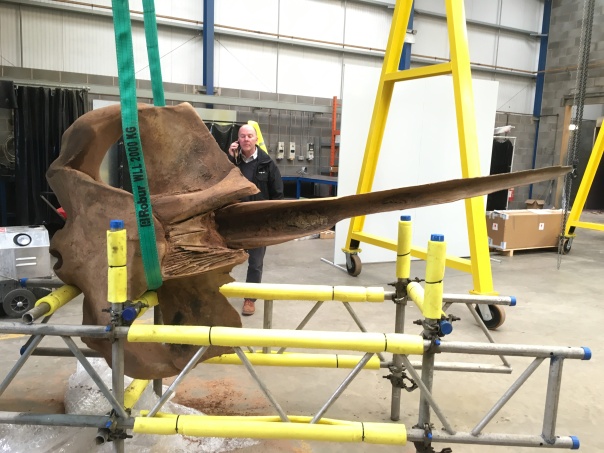
Now shelf after shelf, with bone after bone, await cleaning and identification. I have started working with a keen team of young people from the University of Cumbria (which attracted attention last week from the Cumberland News). We have made a good start but there is still a long way to go!
So after an untimely death on Drigg beach in 2014, Driggsby was recovered by the Museum, spent one and a half years underground “skeleton-ising”, but has now officially joined the Tullie House family. So the adventure is still young, there is much to do before the dream of mounting Driggsby the whale in the Atrium is realised, and, as Holmes would say, the game is still very much afoot. Stay tuned for the next exciting whale post…
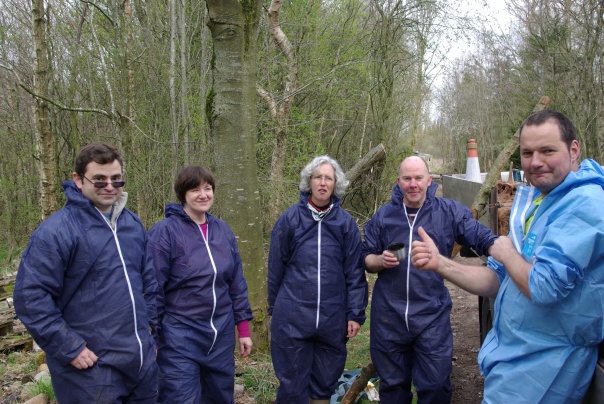
The whale team, from left to right: Simon Jackson (Curator), Anne-Marie Knowles (Curatorial Manager), Melanie Gardner (Curator), Gavin Campbell (Technical Officer), Jim (Carlisle Scaffolding) and not forgetting Jill Goodfellow (Exhibitions and Collections Coordinator) who is taking the photograph!
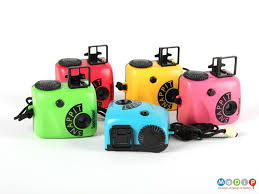

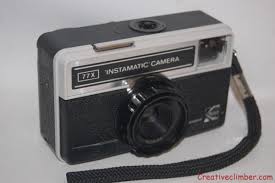
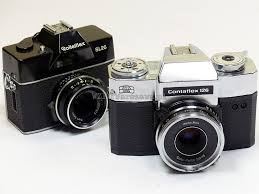
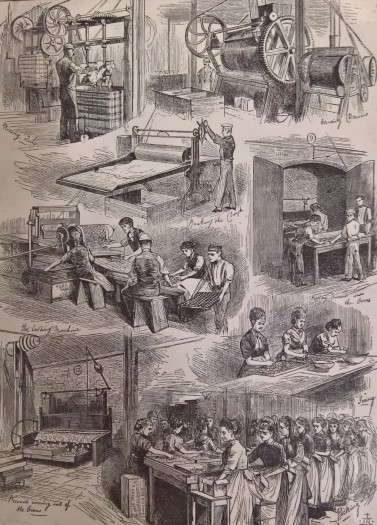 the lines.
the lines. 
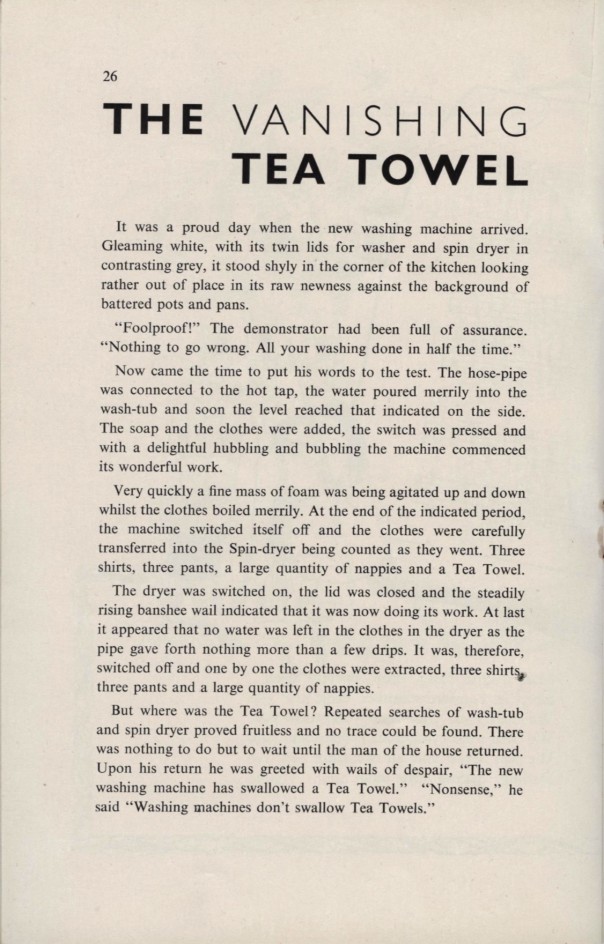
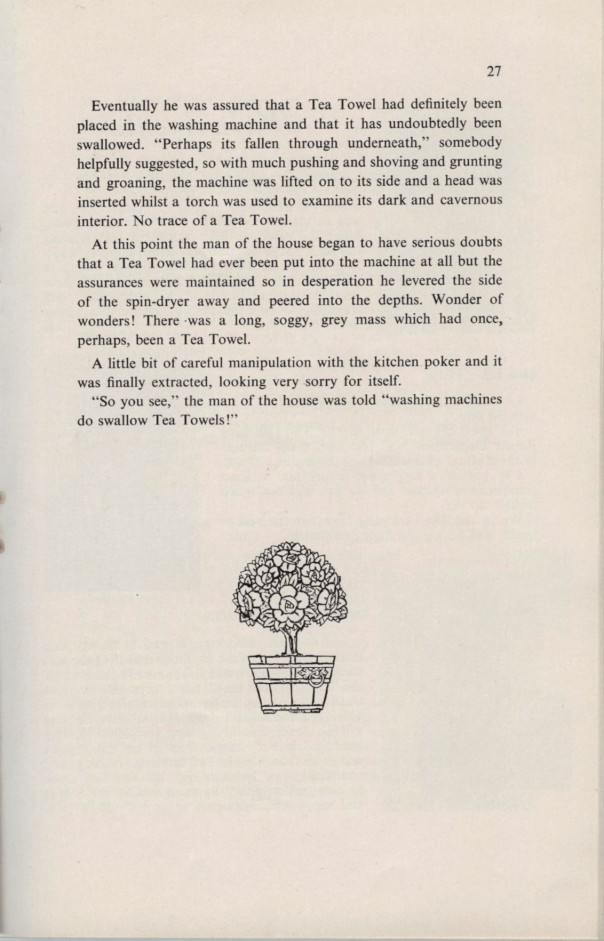
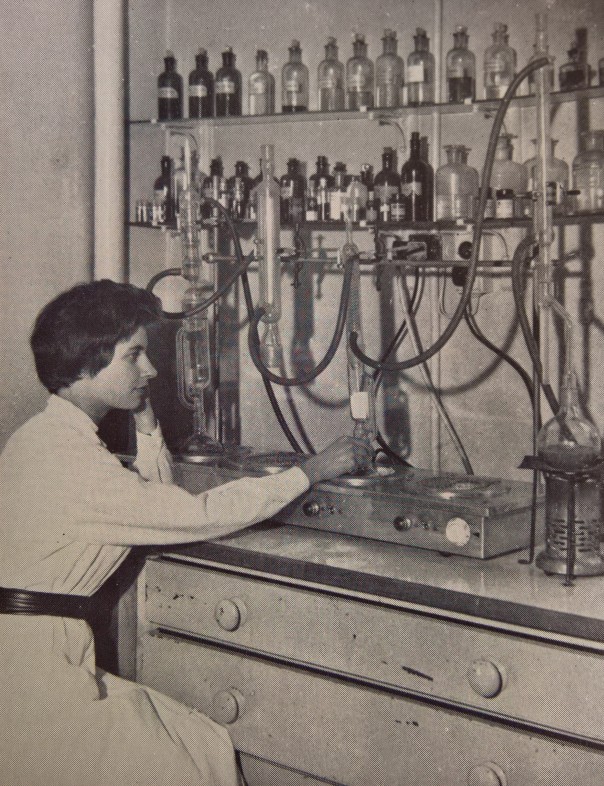
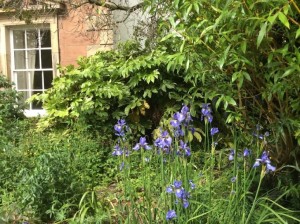 the wind).
the wind).
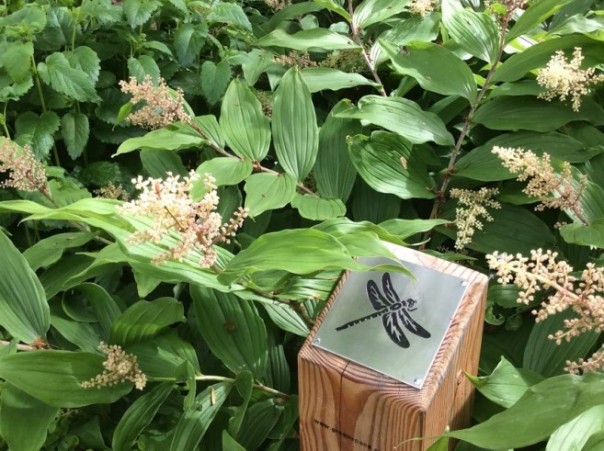
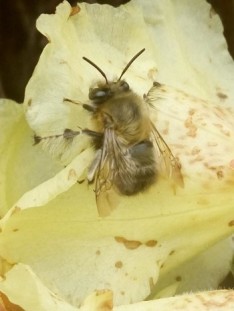
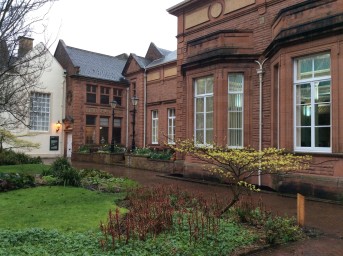 the gardens continue to be a place enjoyed by locals and visitors alike. Call us the Tullie Gardens Team.
the gardens continue to be a place enjoyed by locals and visitors alike. Call us the Tullie Gardens Team.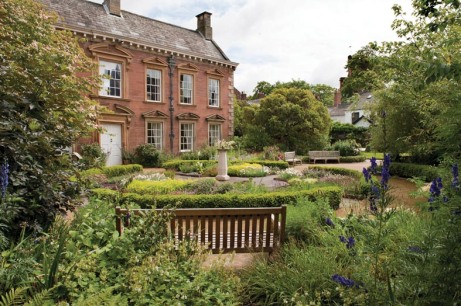 ot only at the hands of the gardeners, but also the many events that are enjoyed by young and old throughout the year.
ot only at the hands of the gardeners, but also the many events that are enjoyed by young and old throughout the year.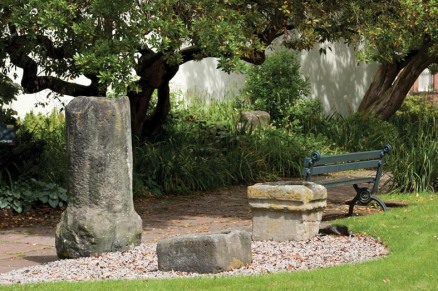 the main types of plant that would have been around in the Roman times. There are now plenty of signs of Summer coming to the garden.
the main types of plant that would have been around in the Roman times. There are now plenty of signs of Summer coming to the garden.


 ors.
ors. hristmas presents) we eagerly returned to start unpacking the specimens. We have a dedicated storage area for the smelly bones where we will clean them to remove the sand and compost, and remaining flesh!
hristmas presents) we eagerly returned to start unpacking the specimens. We have a dedicated storage area for the smelly bones where we will clean them to remove the sand and compost, and remaining flesh!


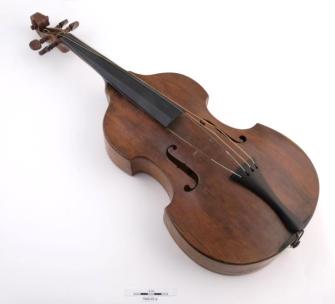
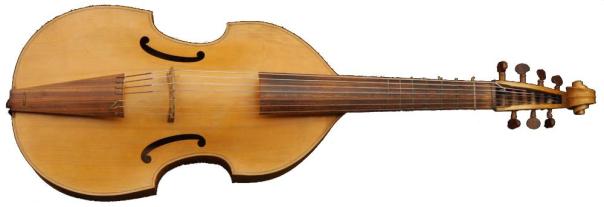
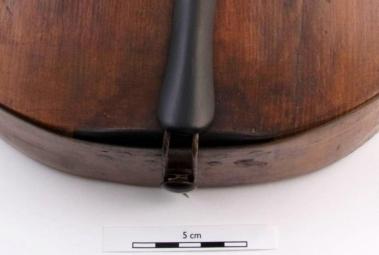
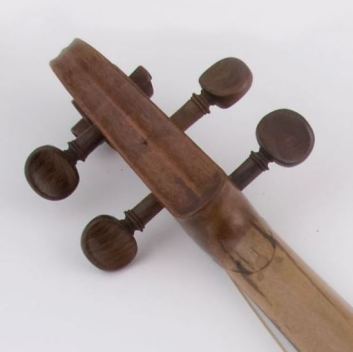

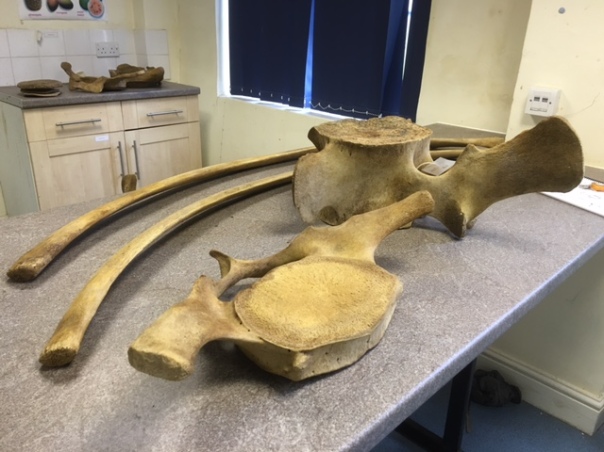
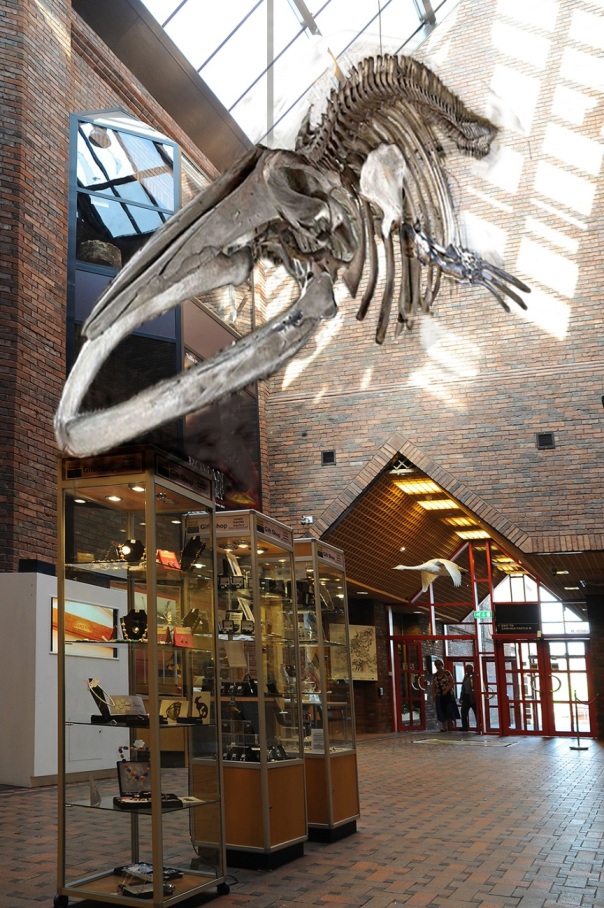


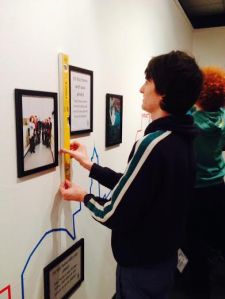
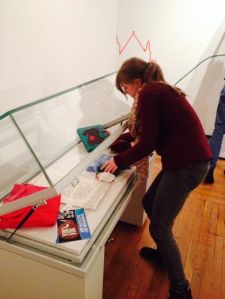
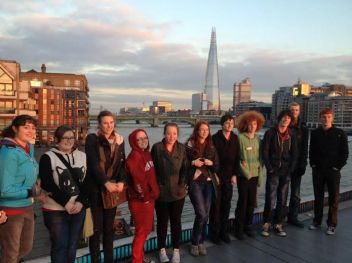

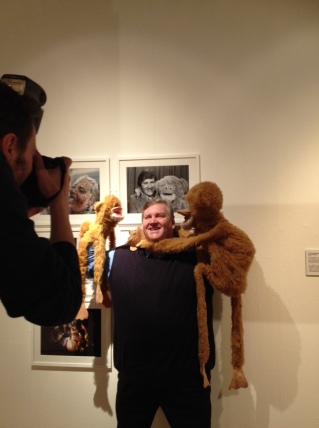 John and Eric the Monkey worked together from 1986-89 on Border Television, presenting the very popular Border Birthdays – which ran for many years – reading out birthday greetings for children across Cumbria, Dumfries and Galloway, and the Scottish Borders.
John and Eric the Monkey worked together from 1986-89 on Border Television, presenting the very popular Border Birthdays – which ran for many years – reading out birthday greetings for children across Cumbria, Dumfries and Galloway, and the Scottish Borders.
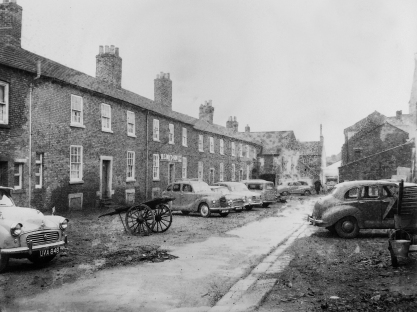 “We used to walk past the Lanes all the time, I remember watching when the demolition crew moved in and hundreds of rats came running out from everywhere”
“We used to walk past the Lanes all the time, I remember watching when the demolition crew moved in and hundreds of rats came running out from everywhere”
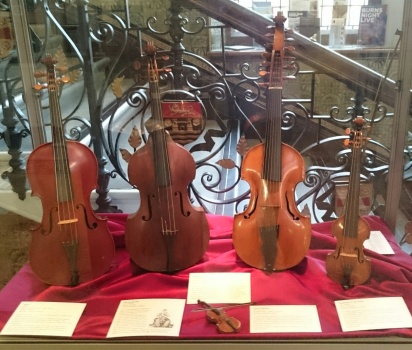 OK then. Fiddle – a word developed slowly through the medieval period that can mean any bowed instrument.
OK then. Fiddle – a word developed slowly through the medieval period that can mean any bowed instrument.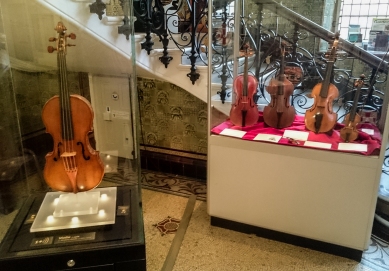 Andrea Amati’s violin, which has stood alone in Old Tullie House for a good number of years, is an amazing survivor from the court orchestra of King Charles IX of France. That it is 450 years old almost beggars belief. When it was made; Elizabeth I had been queen for eight years, the Spanish Armada was not even a glint in Philip II’s eye. It is one of the oldest violins in the world, and it survived the French Revolution.
Andrea Amati’s violin, which has stood alone in Old Tullie House for a good number of years, is an amazing survivor from the court orchestra of King Charles IX of France. That it is 450 years old almost beggars belief. When it was made; Elizabeth I had been queen for eight years, the Spanish Armada was not even a glint in Philip II’s eye. It is one of the oldest violins in the world, and it survived the French Revolution.